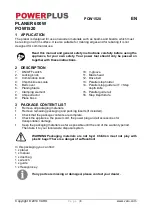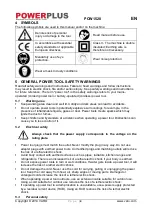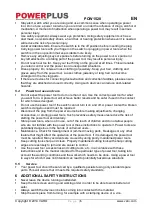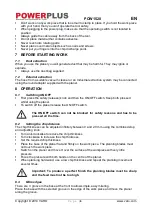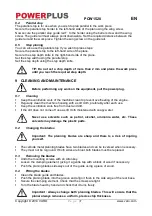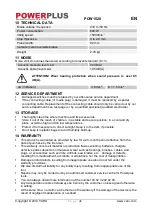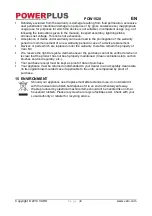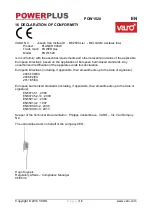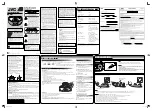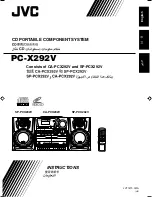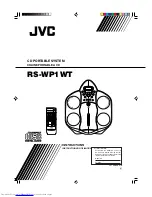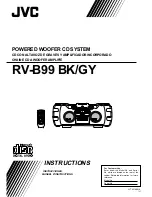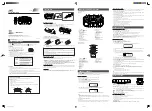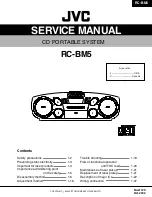
POW1520
EN
Copyright © 2014 VARO
P a g e
|
7
www.varo.com
8.4
Parallel stop
The parallel stop is for use when you wish to plan parallel to the work piece.
Secure the parallel stop holder to the left-hand side of the plan using the wing screw.
Now secure the parallel stop guide rail T to the holder using the barrel screw and the wing
screw. The guide rail must always point downwards. Set the required distance between the
guide rail and the work piece. Tighten the wing screw on the guide rail.
8.5
Step planing
You can also use the parallel stop If you wish to plane steps:
Secure the parallel stop to the left-hand side of the plane.
Secure the step depth knife to the right-hand side of the plane.
Set the step width using the parallel stop.
Set the step depth using the step depth knife.
TIP: Do not set a chip depth of more than 2 mm and plane the work piece
until you reach the required step depth.
9 CLEANING AND MAINTENANCE
Before performing any work on the equipment, pull the power plug.
9.1
Cleaning
Keep the ventilation slots of the machine clean to prevent overheating of the engine.
Regularly clean the machine housing with a soft cloth, preferably after each use.
Keep the ventilation slots free from dust and dirt.
If the dirt does not come off use a soft cloth moistened with soapy water.
Never use solvents such as petrol, alcohol, ammonia water, etc. These
solvents may damage the plastic parts.
9.2
Changing the blades
Important: The planning blades are sharp and there Is a risk of injuring
yourself.
The carbide metal planning blades have two blades and can be reversed when necessary.
They must not be reground. If both sides are blunt both blades must be replaced.
9.3
Removing the blades
Undo the mounting screws with an Allen key.
Loosen the clamping element, giving it a gentle tap with a block of wood if necessary.
Push the planing blades sideways out of the guide using a piece of wood.
9.4
Fitting the blades
Clean the blade guide and blades.
Push the planing blade into the groove and align it flush to the side edge of the rear base.
Secure the clamping element. Check that the screws are tight.
Turn the blade head by hand and check that it turns freely.
Important : Always change both planning blades. This will ensure that the
planer always removes a uniform, precise chip thickness.



